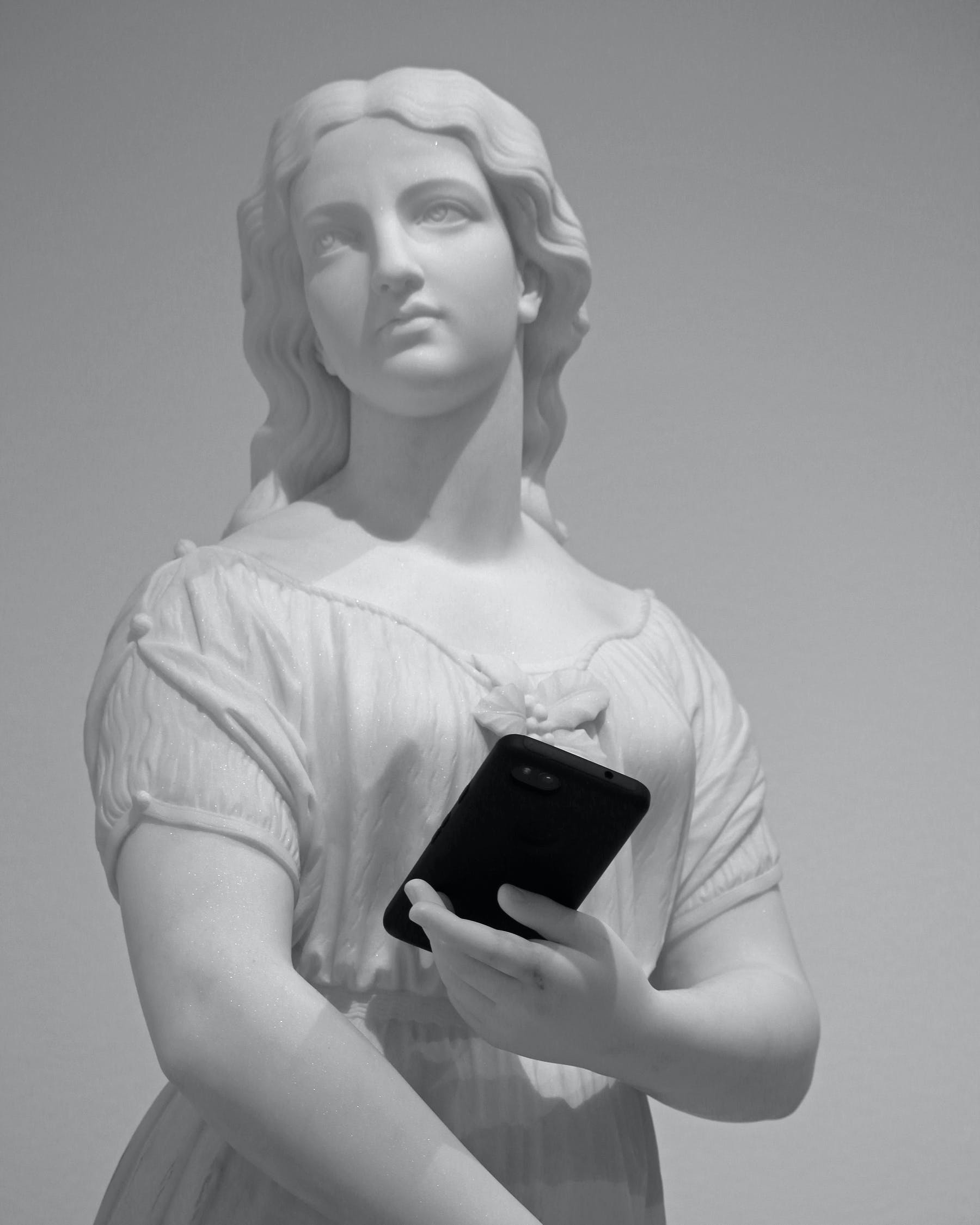Design around 1800
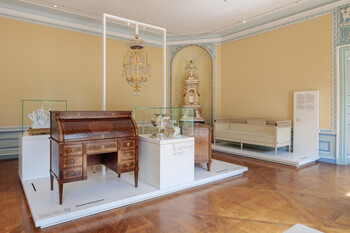
The time around 1800 was one of enormous dynamism: social, scientific, technological – the signs pointed everywhere to change, a new dawn, progress. Paradoxically, in the decorative arts the path to the future of design led back to classical antiquity.
The permanent exhibition "Design around 1800" illuminates the various facets of applied art around 1800 with ceramics, textiles, glass and metalwork, furniture, paper wallpaper and clocks. The exhibition is shown in the Imperial Rooms in the west wing of the Bergpalais at Pillnitz Palace. This sequence of rooms, which was created around 1790 and some parts of which have been preserved in their original state, is itself an impressive testimony to the interior design of this period.
Welcome
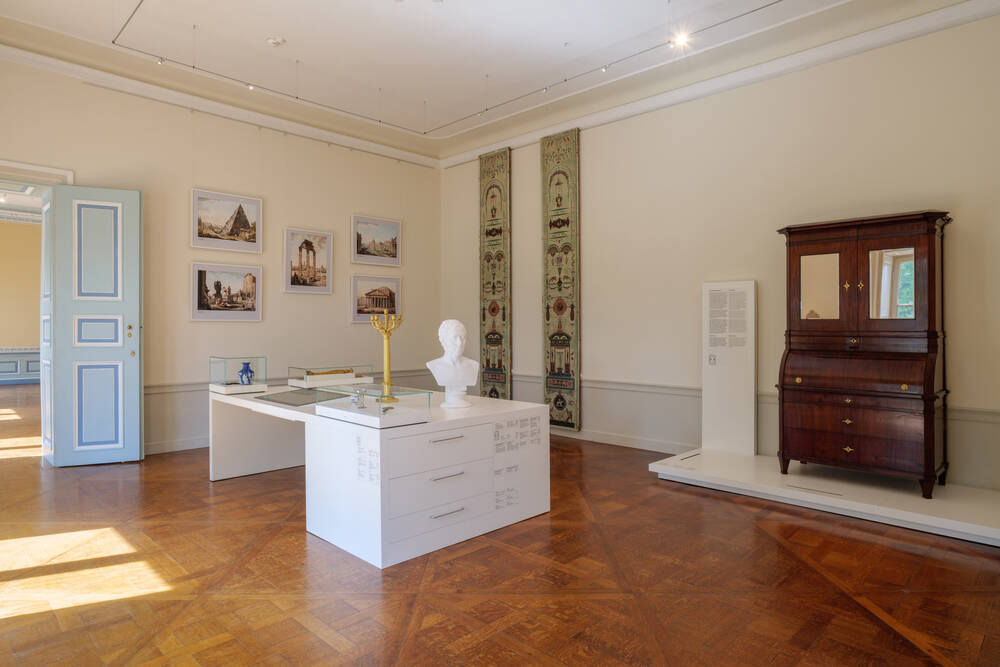
Original Interior
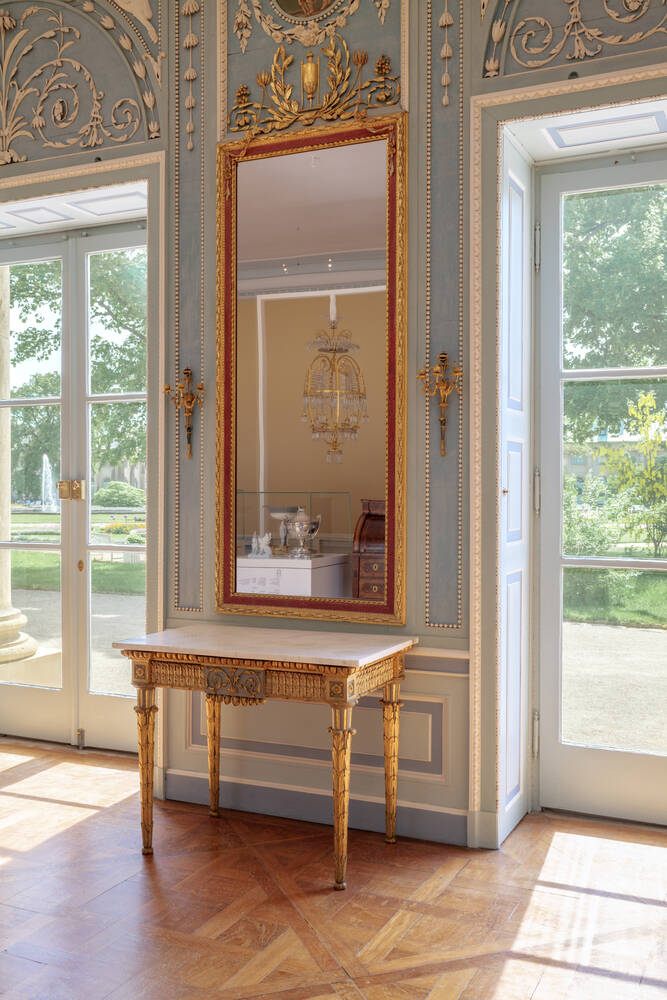
The declaration of Pillnitz
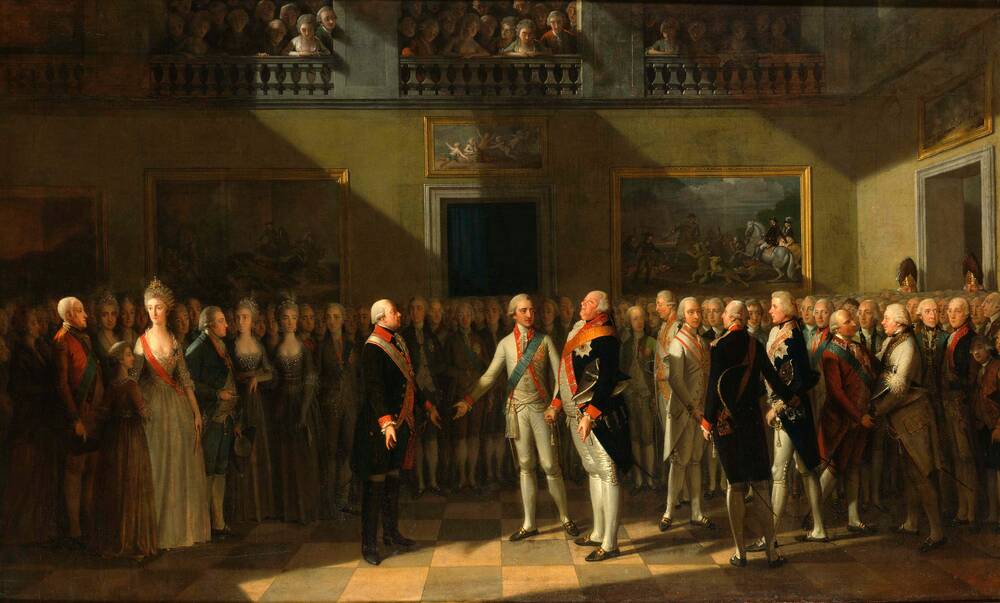
The guest apartment of the Emperor
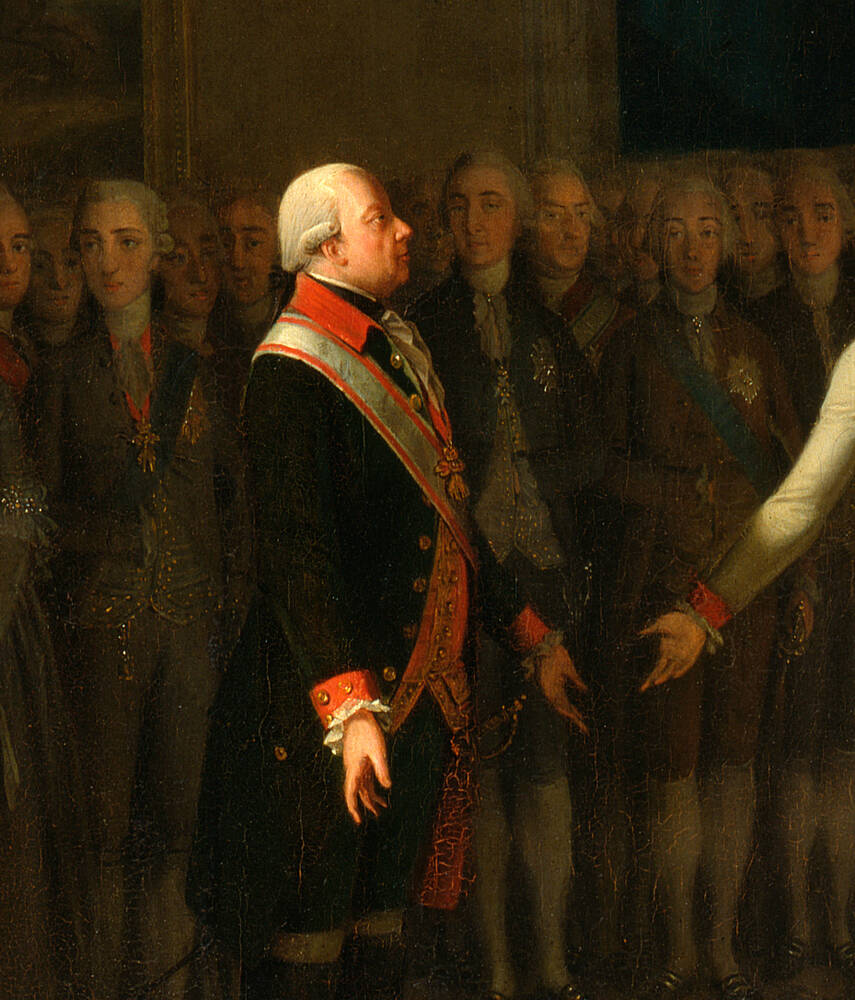
History and significance of the Emperor's rooms
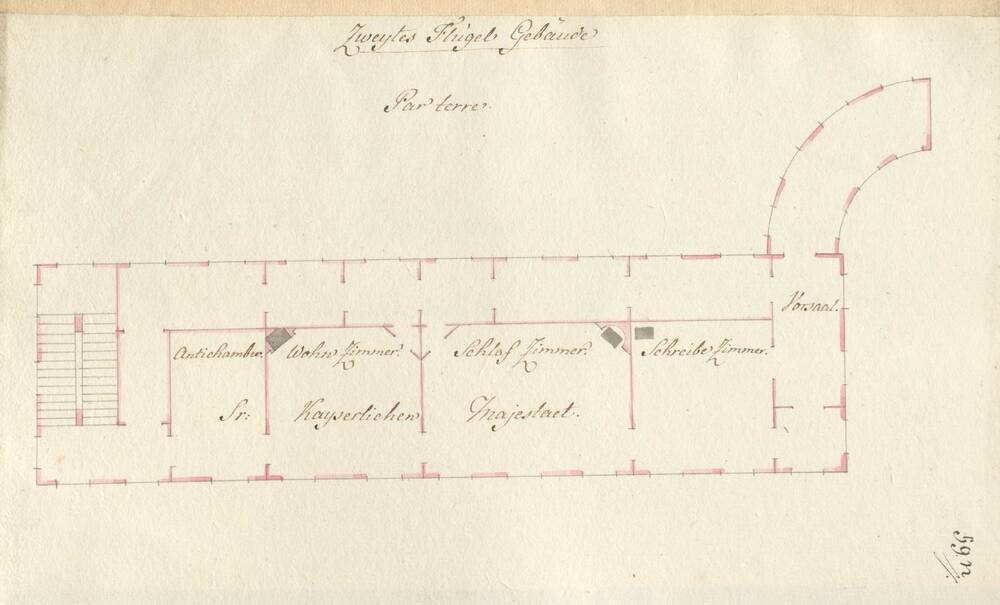
Directions

The small Herculaneum Woman
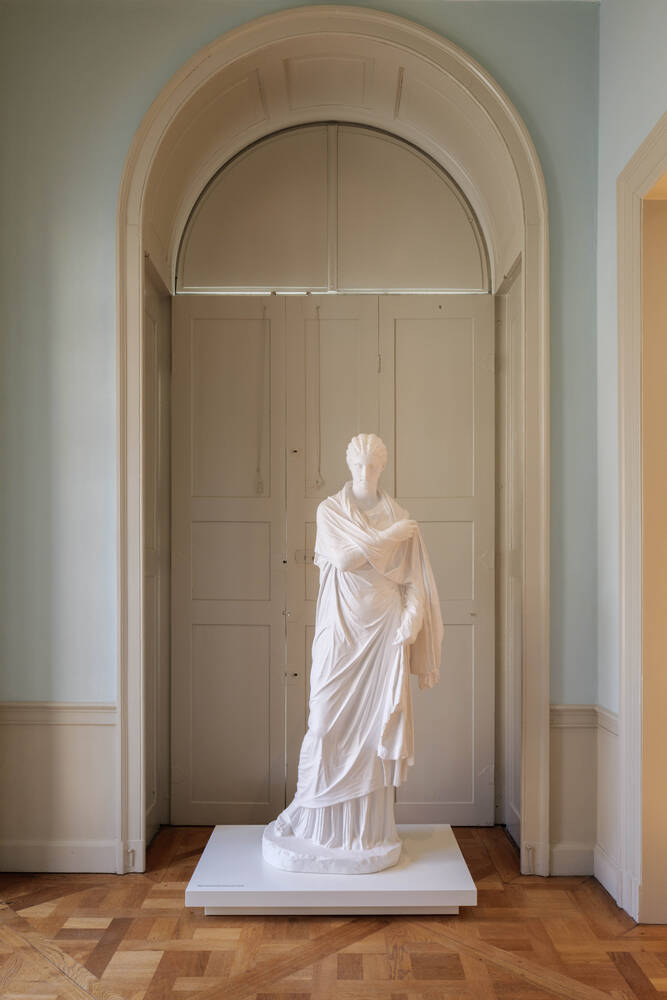
Directions

Pioneer of Neo-Classicism

figure stove
Figurenofen der Klauerschen Toreutica-Fabrik Weimar
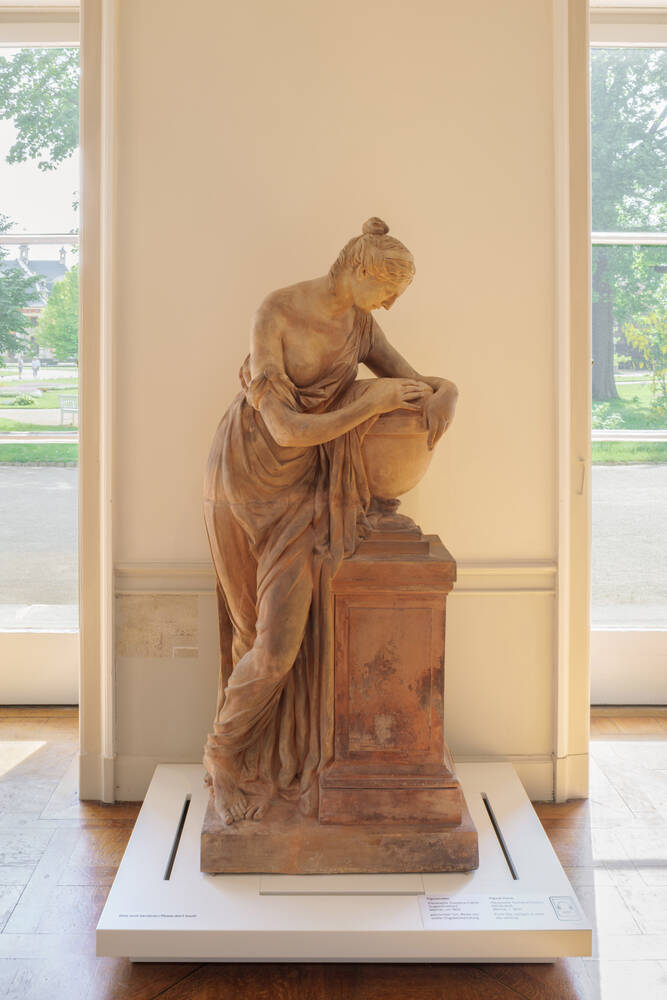
Arts and Crafts in Neo-Classicism
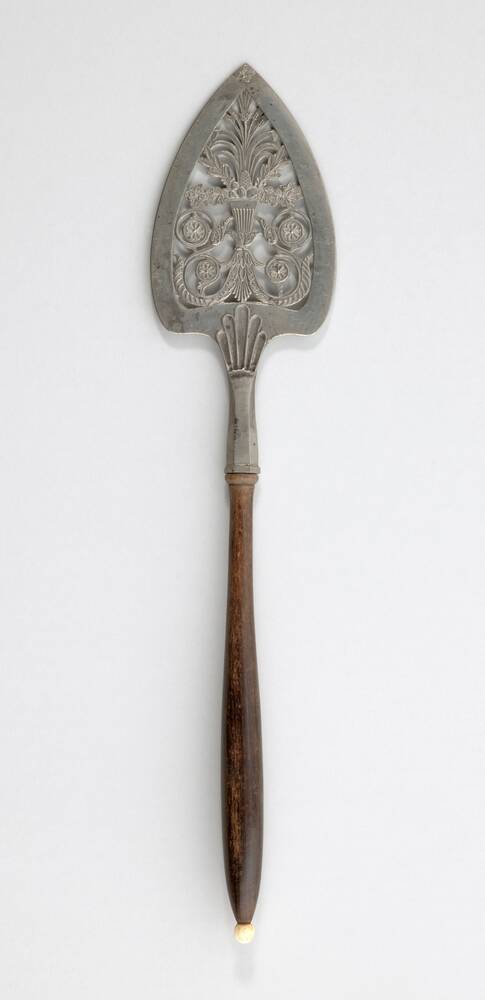
The Men's Waistcoat
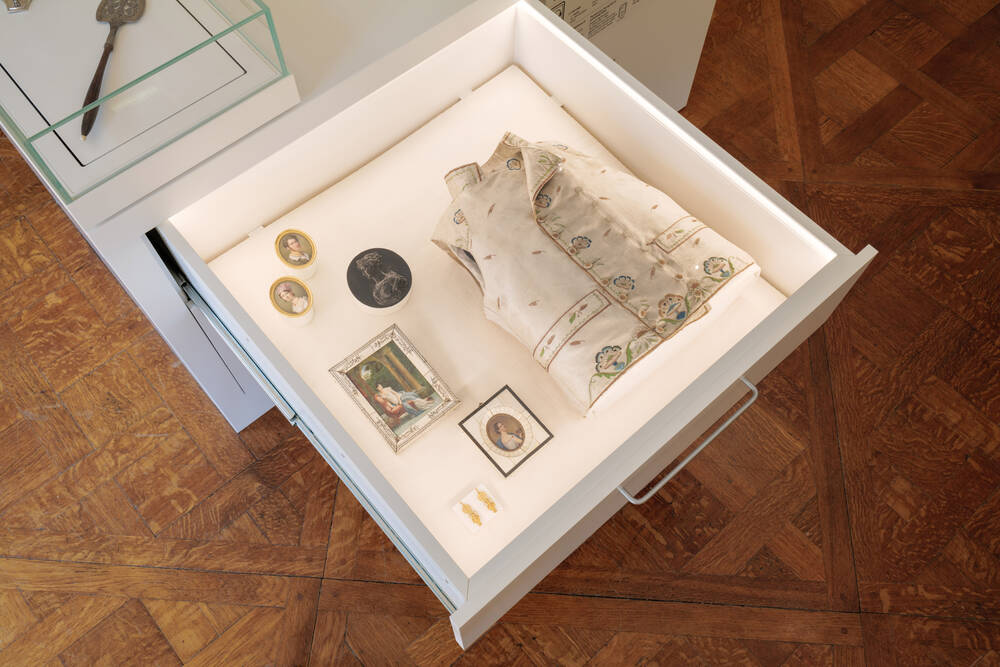
Womens fashion
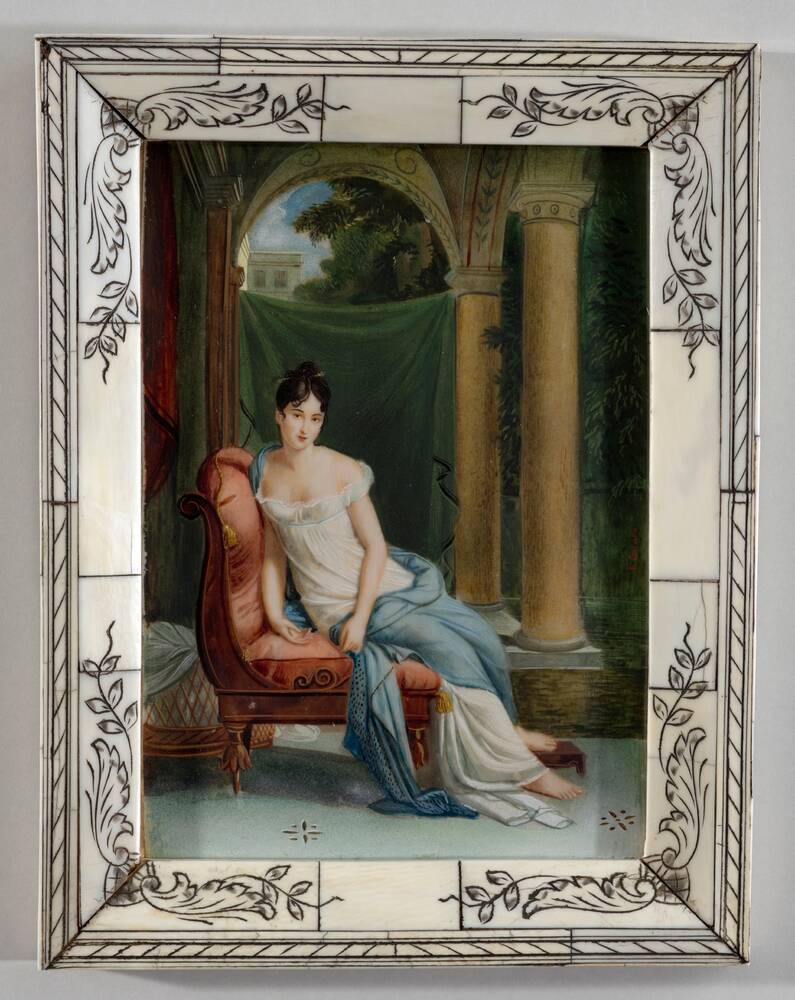
The Portlandvase and Black Basalt
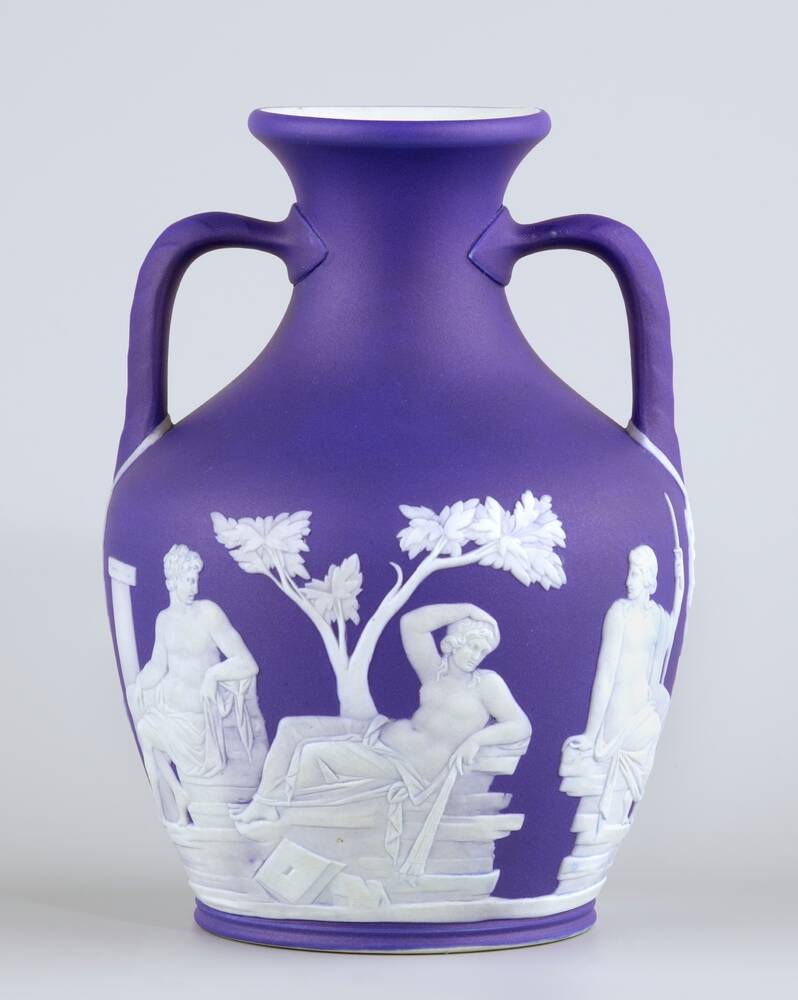
The wallpaper pilasters and the arabesque

Brass furniture mounts
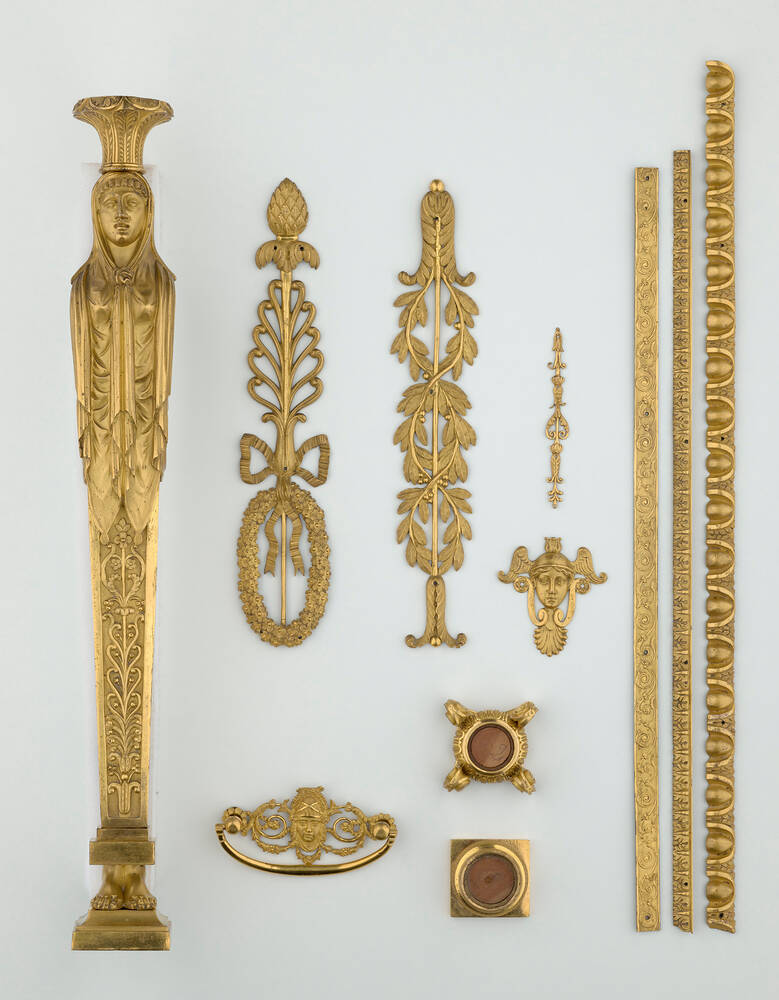
The writing cabinet - the speaking object
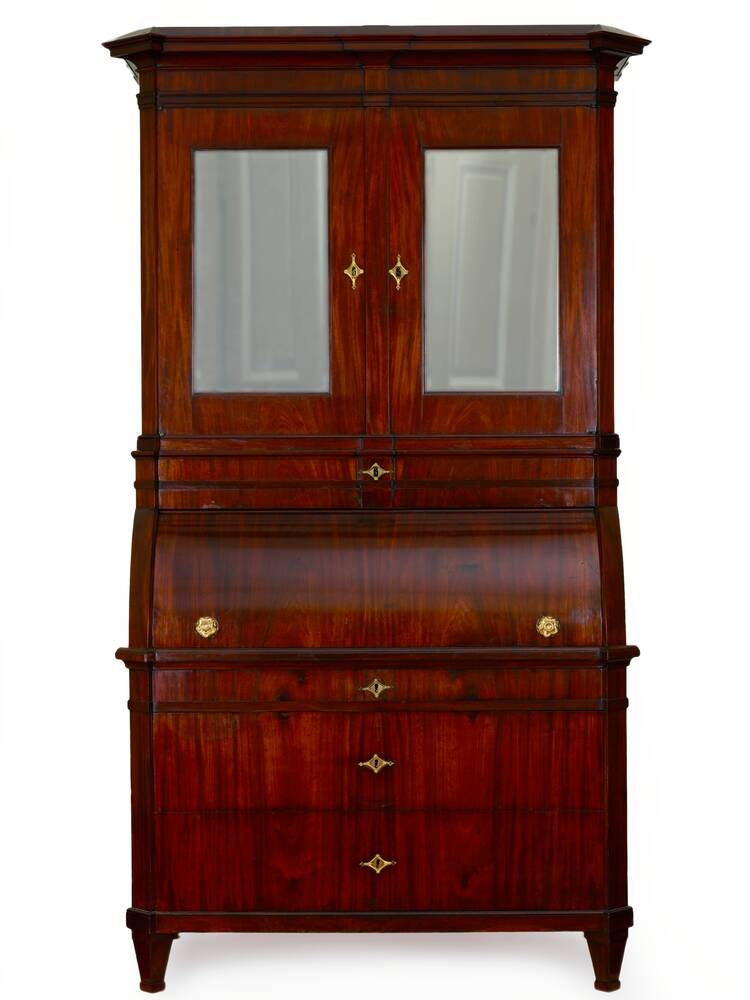
Sources of Inspiration
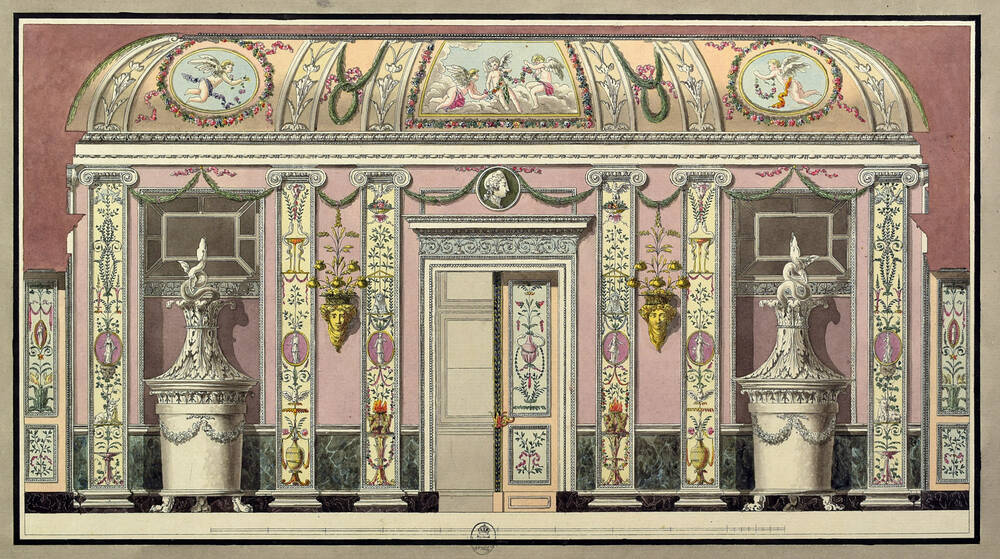
Directions

Neo-classicist design in Saxony
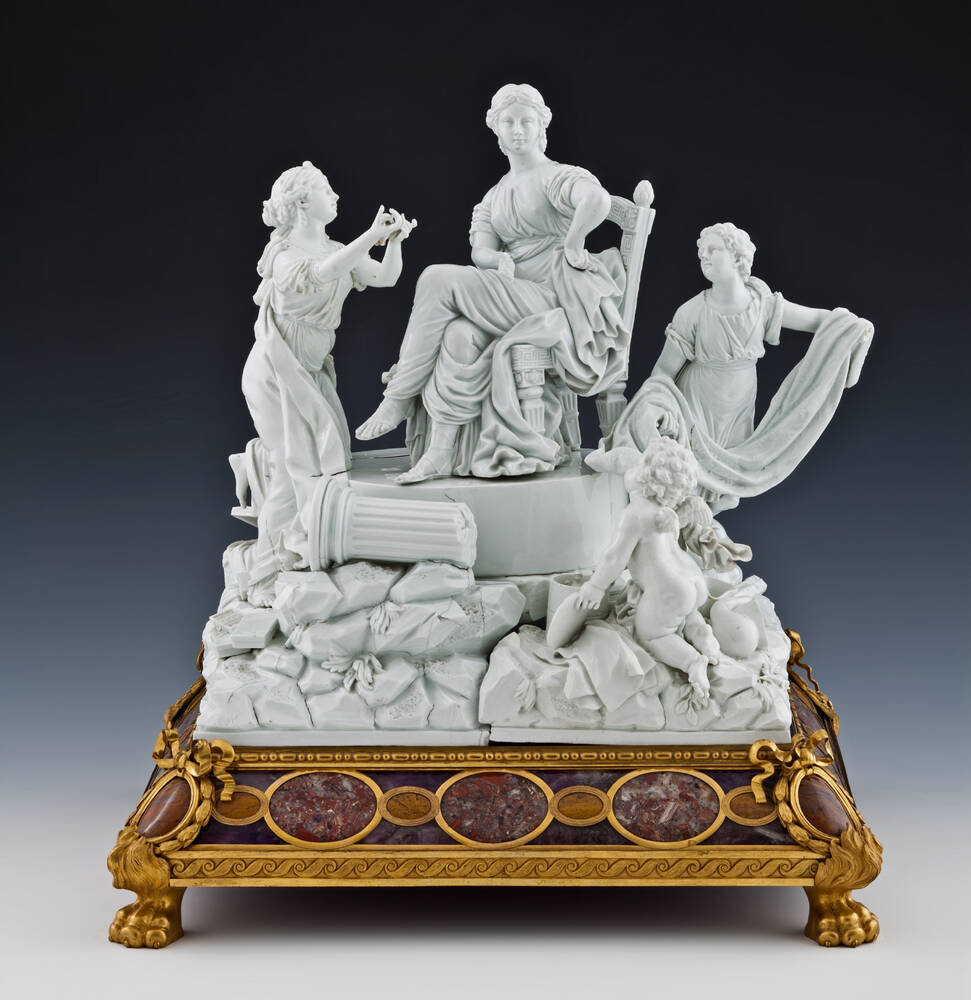
„Egyptomania“
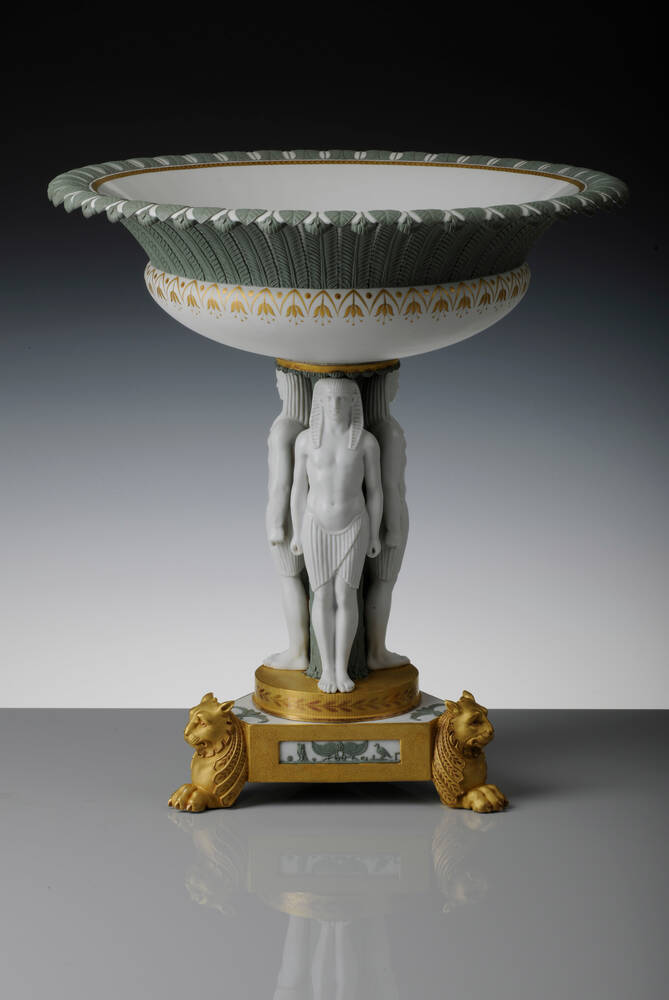
Bisque porcellain
Zwei Sphingen | Porzellan-Manufaktur Meissen, Modelleur: Franz Andreas Weger, Meißen, um 1800/10
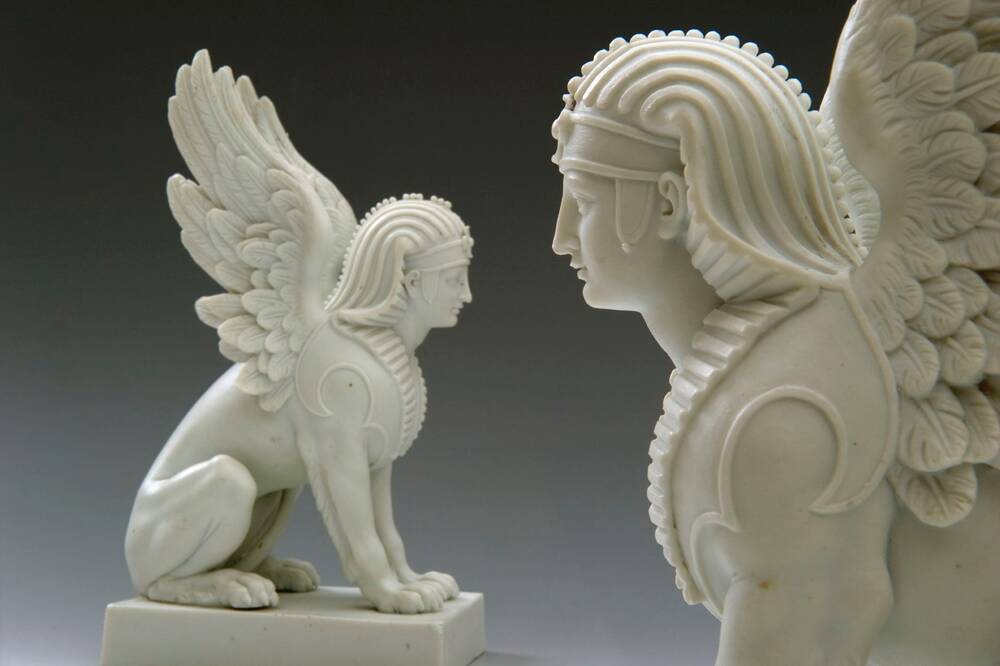
The silver tureen

furntiure and decor
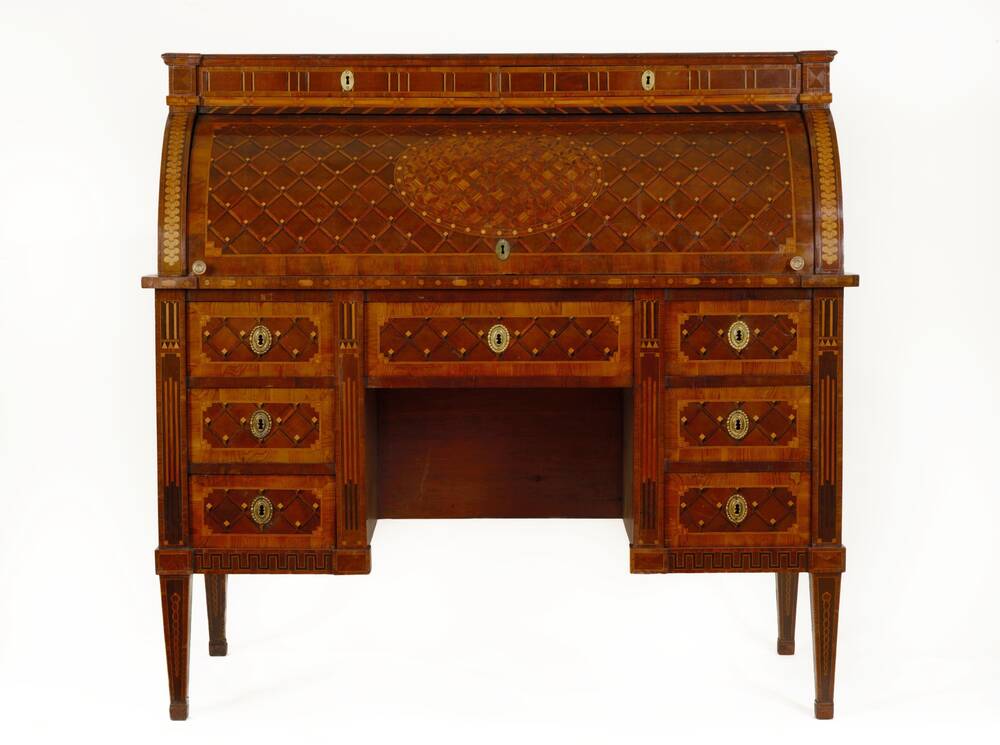
motives from flora and fauna
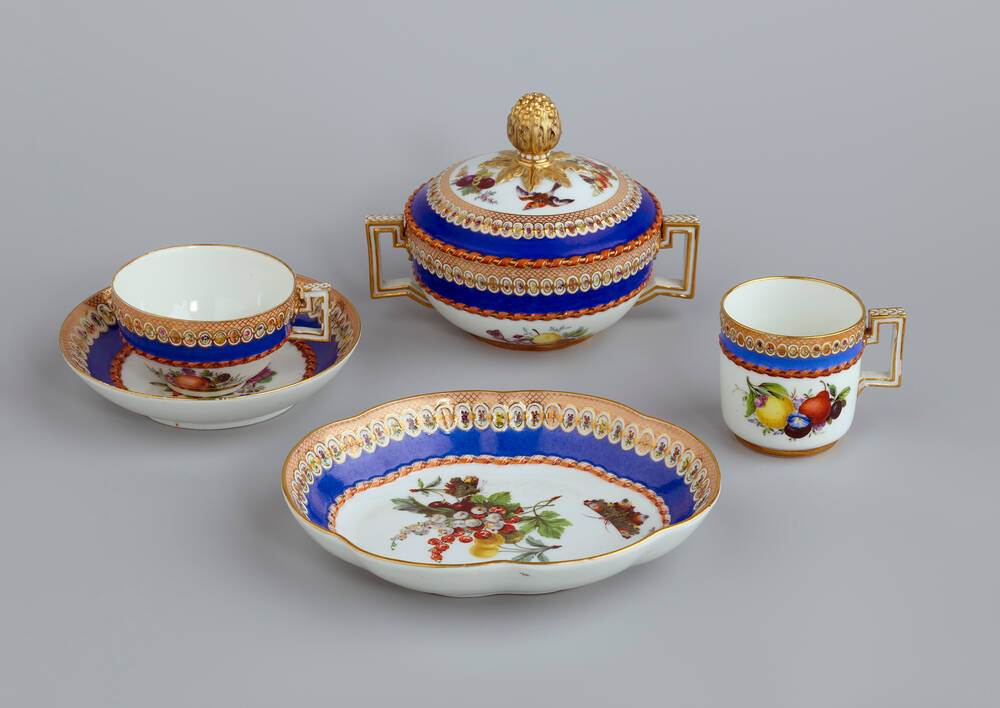
Neo-Gothical forms
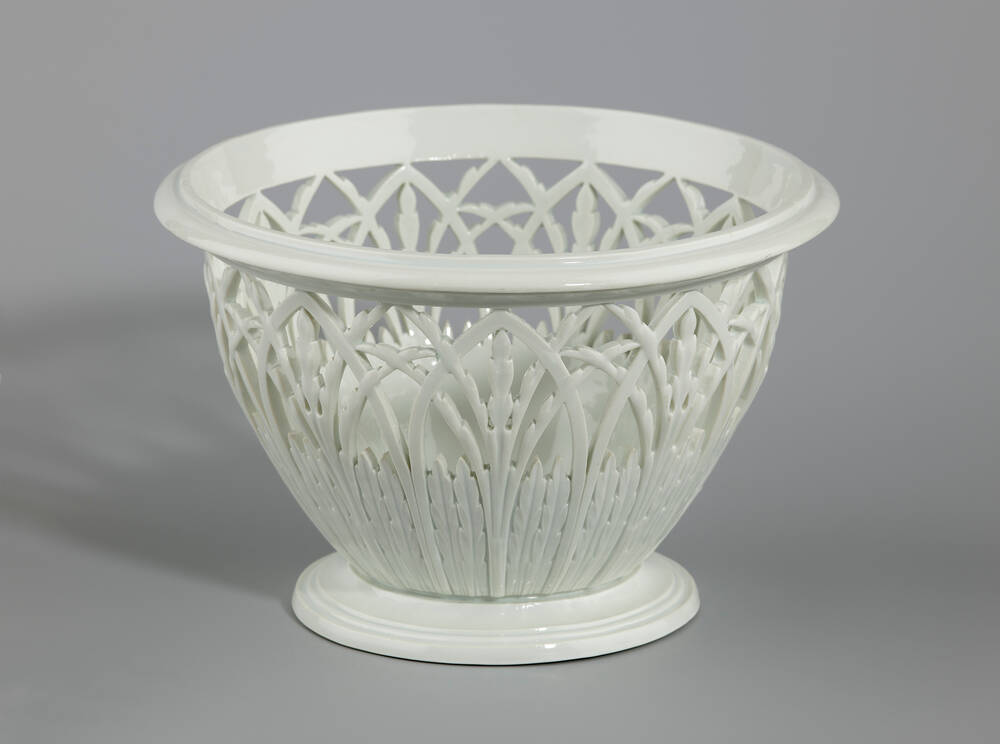
The chandelier
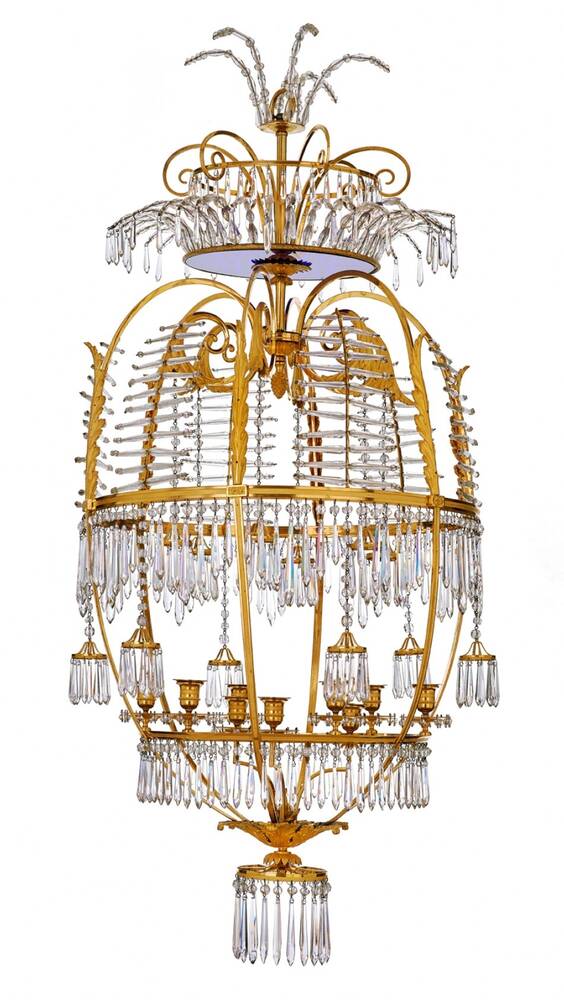
The bed - speaking object
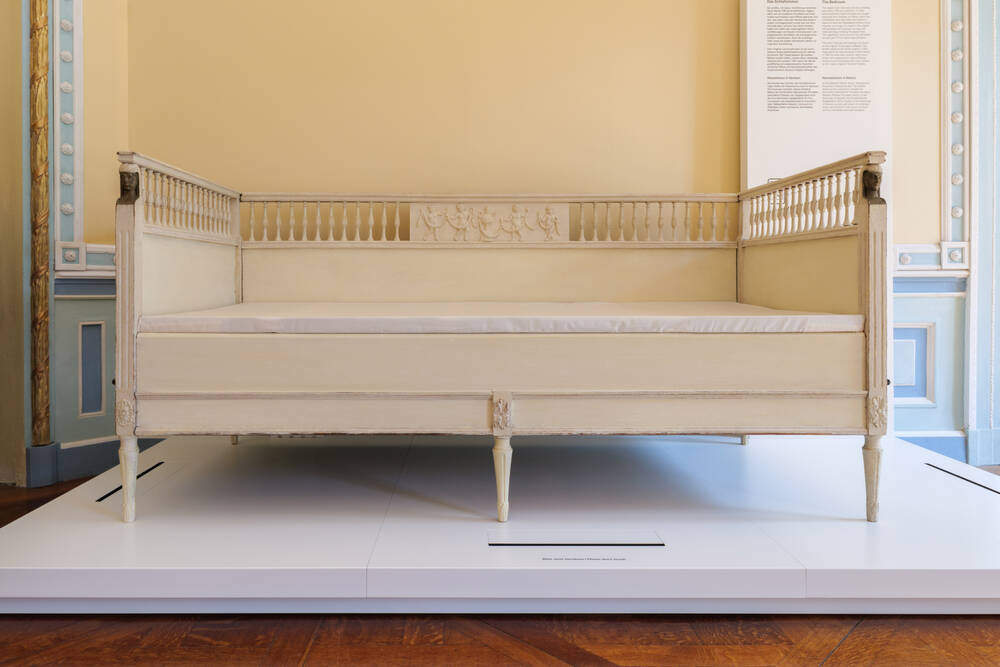
Original furnishings
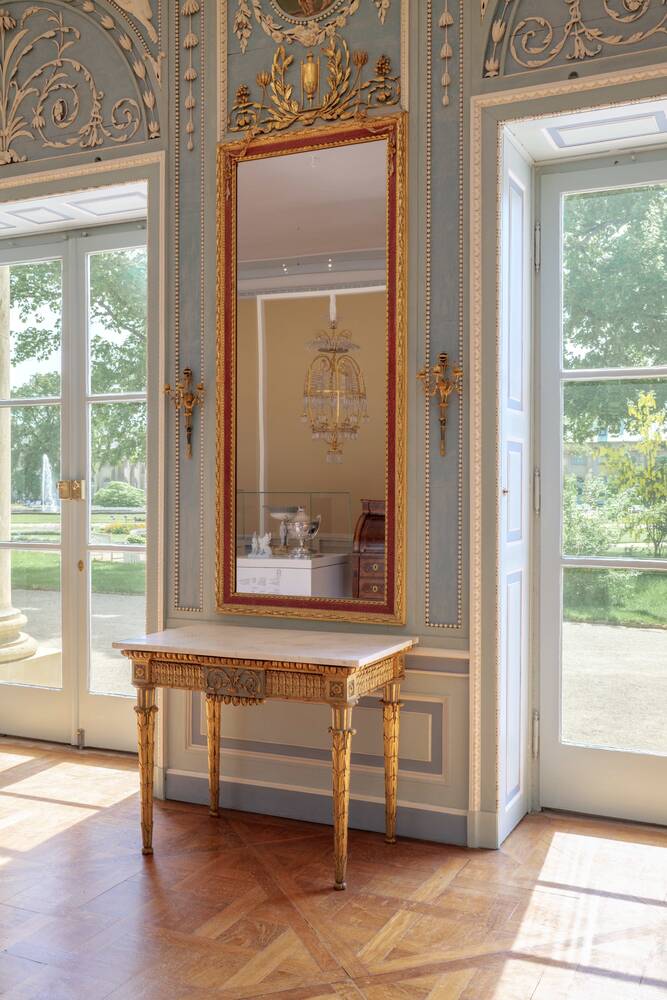
Wall design
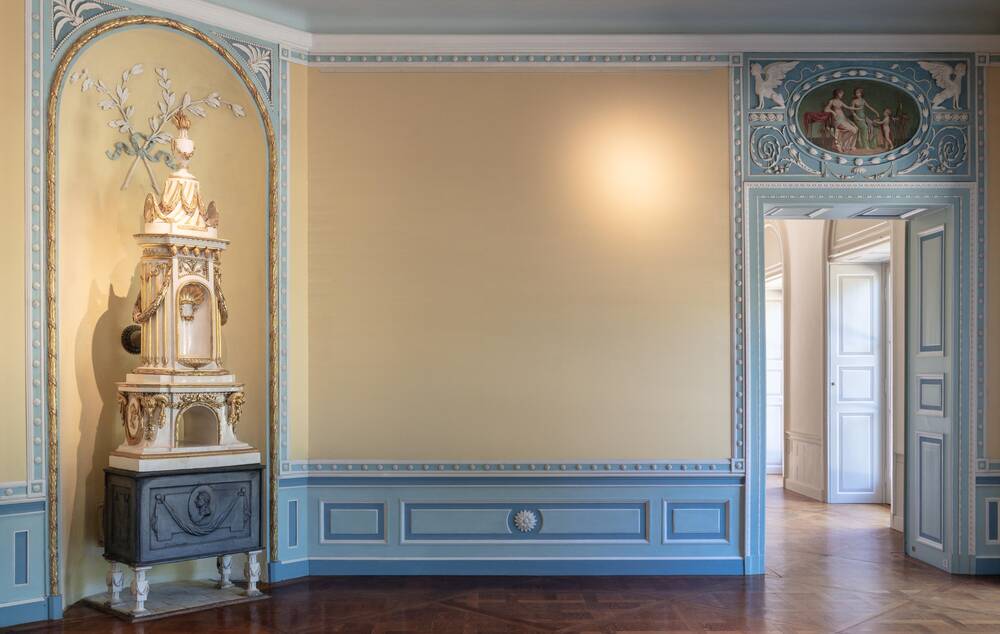
directions

The drawing room
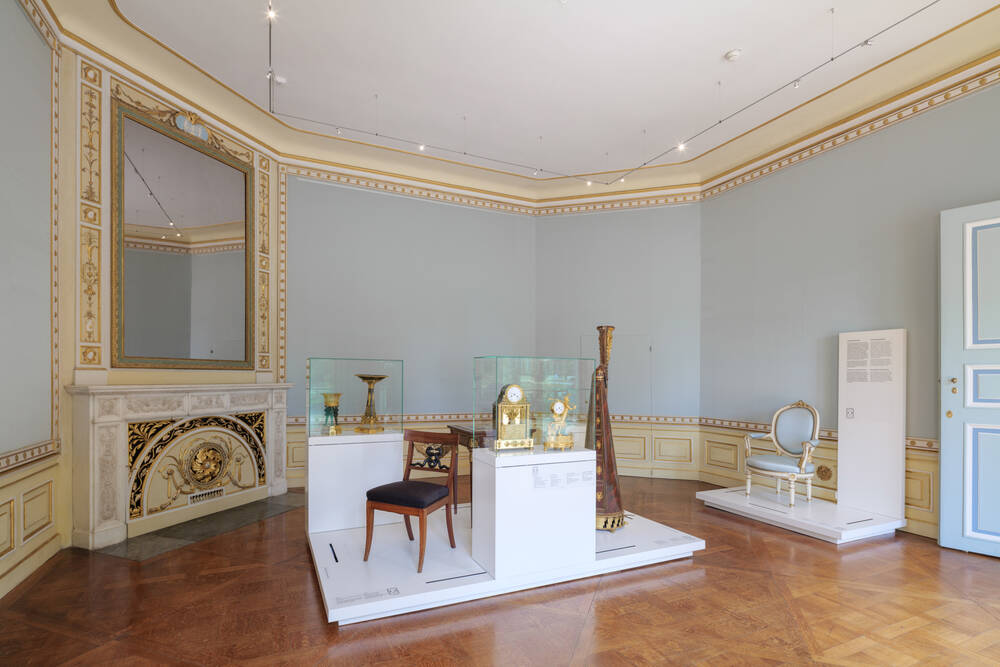
The visitor's chair

Neo-classicism outside of Saxony
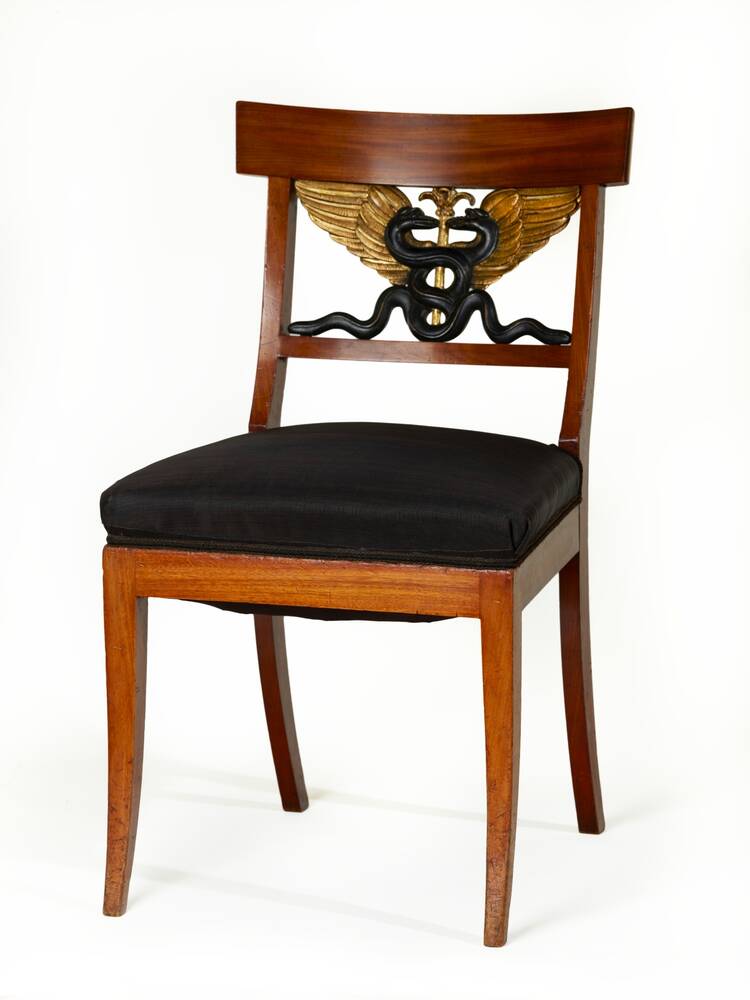
Revival of mosaic art

The tea pot
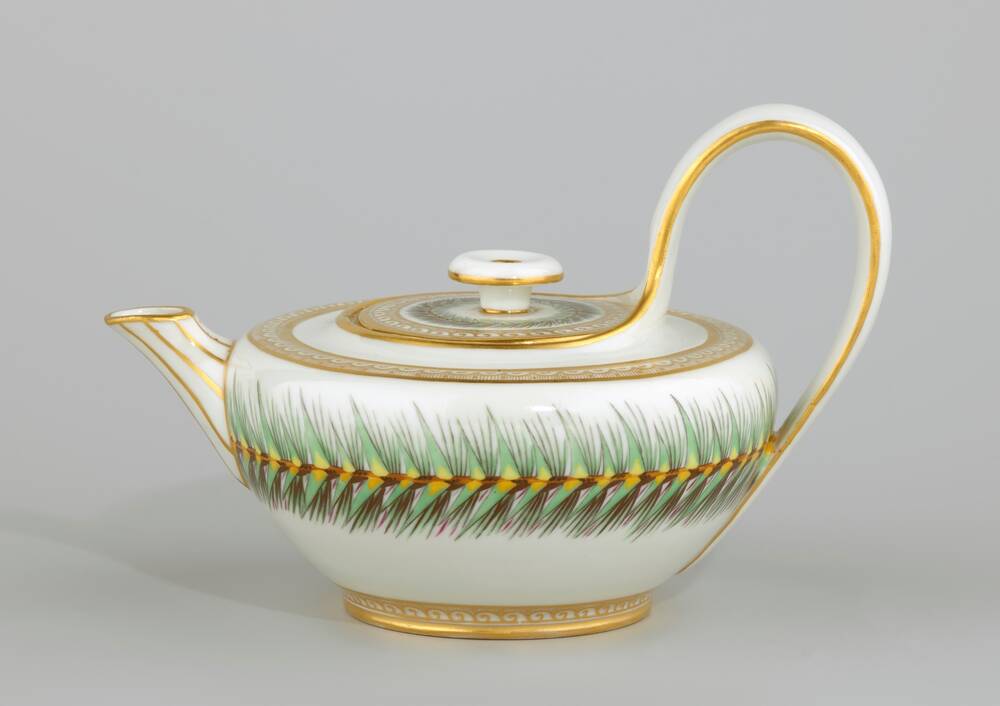
The harp
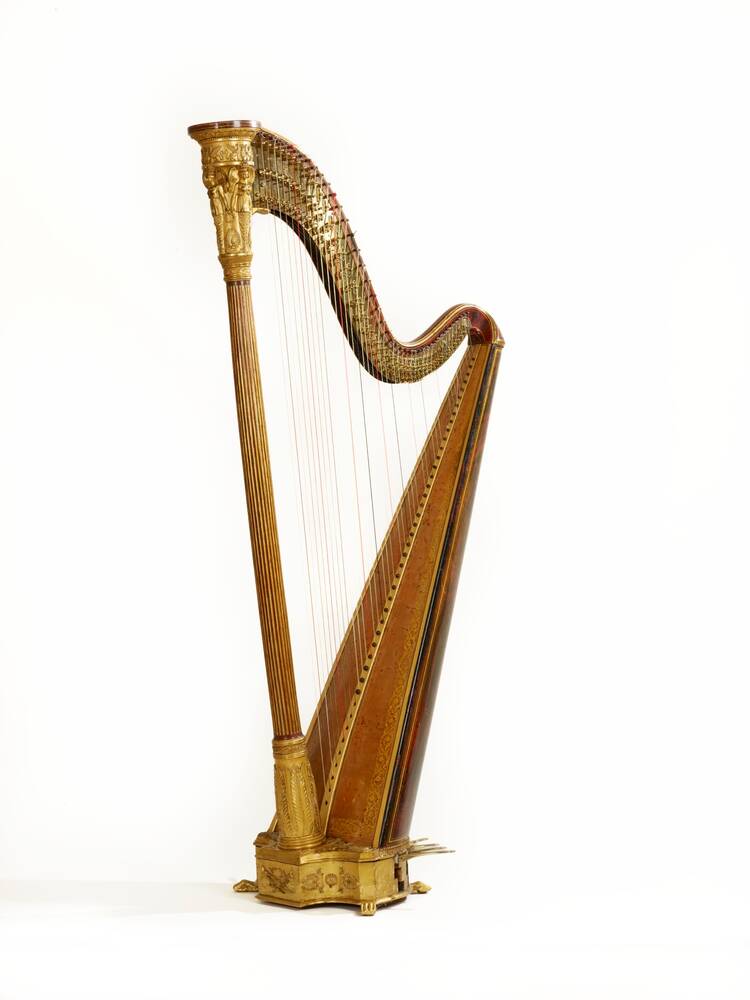
Mantelpiece clocks
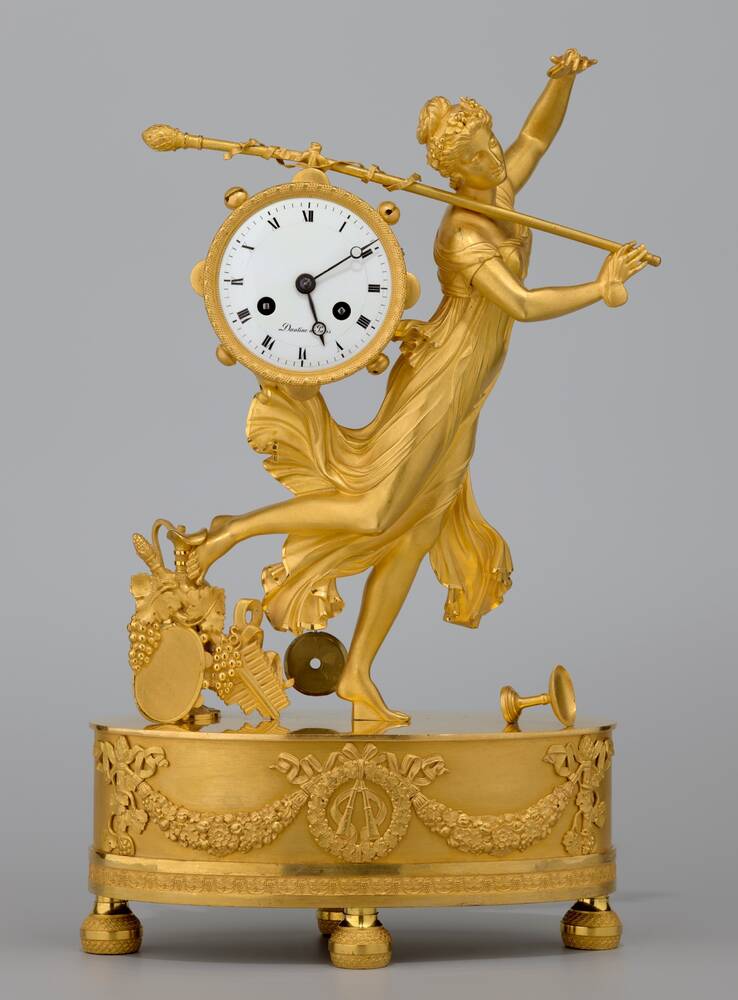
Directions

The antechamber
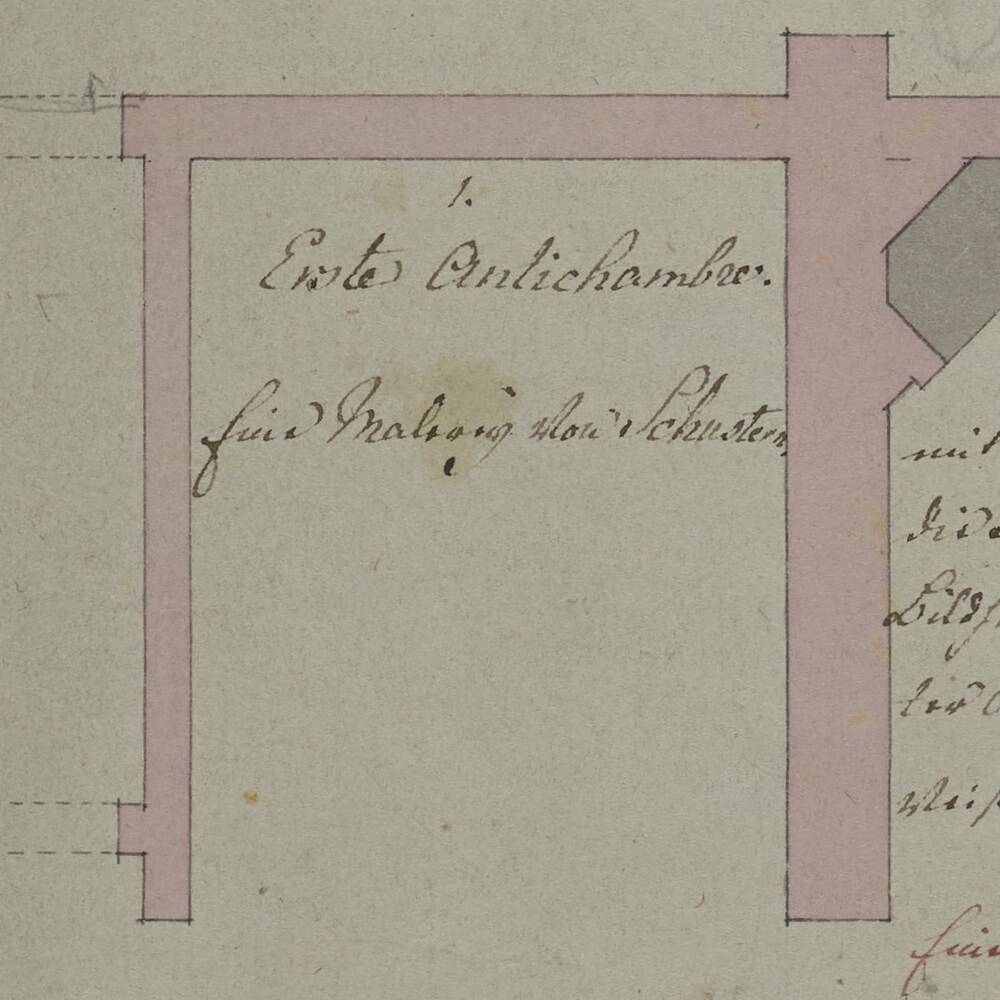
Neo-Classicism after 1820

Classically modern

Farewell
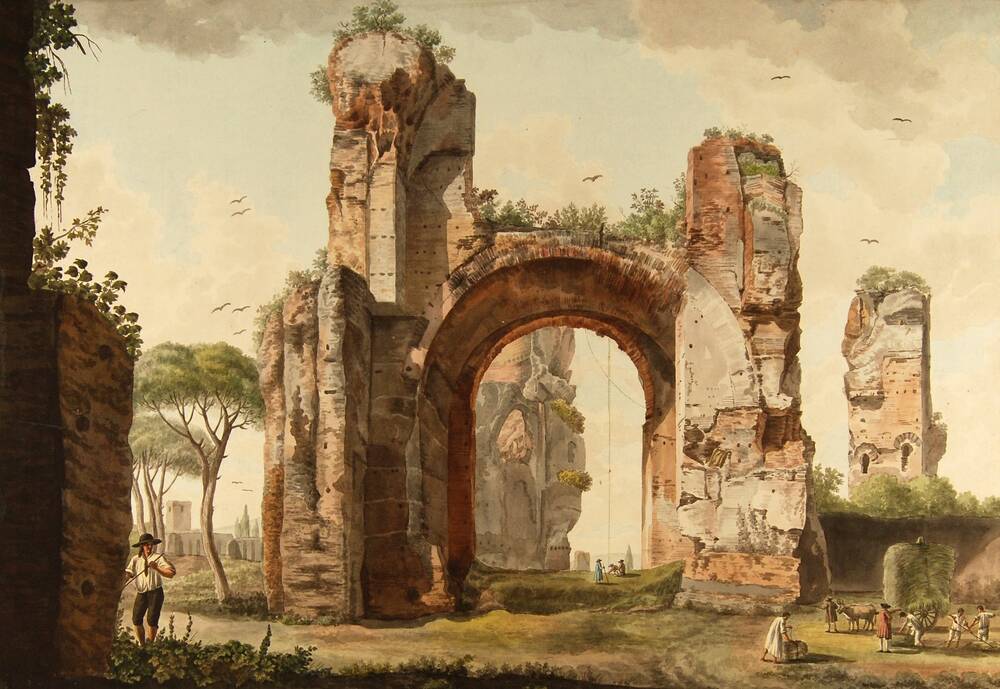
Feedback
Thank you for attending. How was your experience?
